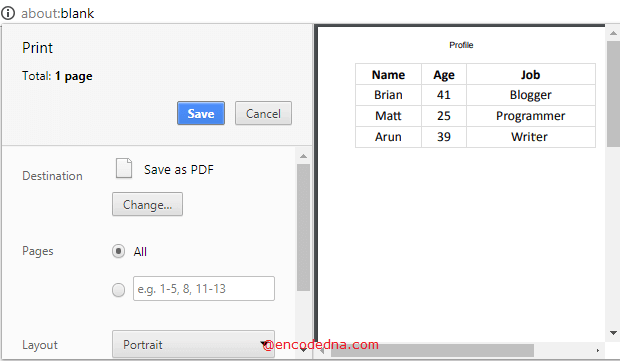

The links themselves will not change, but you should remove unneeded attributes such as type. Update tags for external stylesheets and JavaScript files.The appropriate markup to add, and its associated data, will depend on the content of your page and how it is used. Traditional metadata is supplemented (and, to a degree, supplanted) by microformats and microdata in HTML5. Add microformats and microdata as appropriate.Change the DOCTYPE and section to HTML5 markup.You do not want to be caught halfway through the process and forget what you have changed, or lose your references before rewriting your CSS. Make a copy of your entire website, and work your changes on the copy.This article will outline the workflow process for converting a complete, valid, XHTML 1.0 Strict document to HTML5. Taking complete advantage of the spec – making a true HTML5 page – means rewriting and re-contextualizing code everywhere in the page. Technically, merely changing the first line of the HTML code on a page to is enough to make it HTML5 even loosely coded pages should validate, given HTML5's lowering of standards.ĭoing so, however, is a merely superficial nod to HTML5. Essentially this is a pre-Y2K period for web developers: a lucrative, once-in-a-generation opportunity to be part of an epochal change. A great deal of money will be spent over the next several years to rewrite and update existing websites to HTML5.


 0 kommentar(er)
0 kommentar(er)
